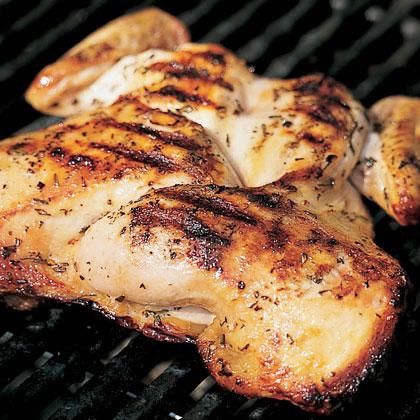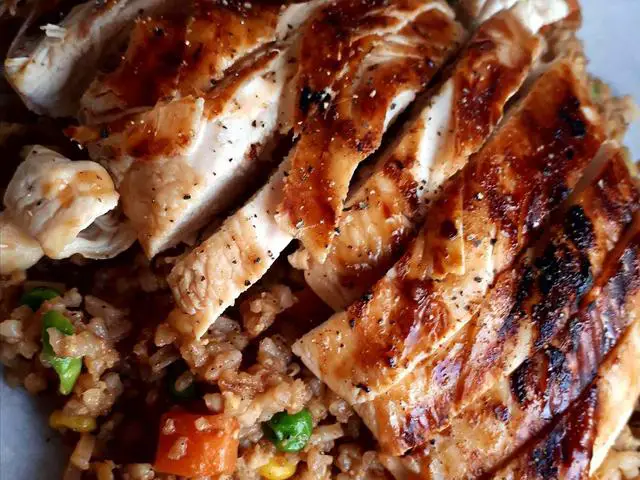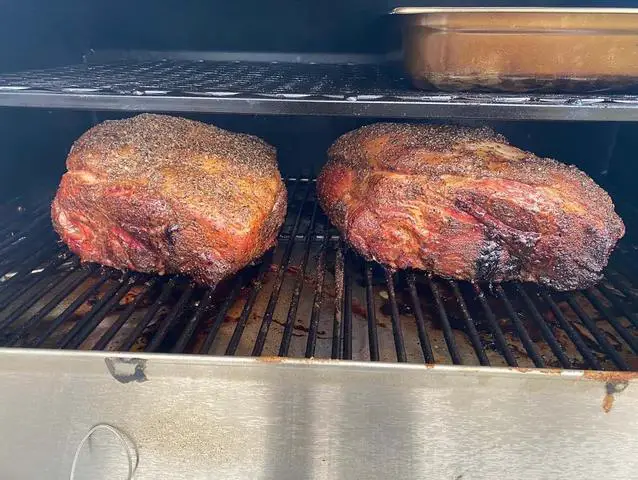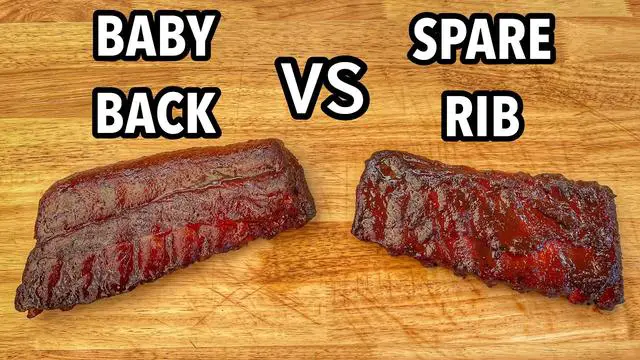
“Master the art of cutting chicken against the grain with precision and finesse. Discover the secrets to achieving tender, juicy pieces every time, as we guide you through this essential technique for elevating your culinary skills. Unleash a world of flavor possibilities by learning how to slice chicken against the grain like a pro.”
How to Cut Chicken Breast: Against the Grain?
Cutting chicken breast against the grain can help tenderize the meat and make it juicier. While it may be more commonly known to cut steak against the grain, chicken breast can benefit from this technique as well. The grain direction of meat refers to the pattern in which muscle fibers are arranged. In chicken breast, these muscle fibers fan out and curve, making it a bit challenging to visualize the grain direction.
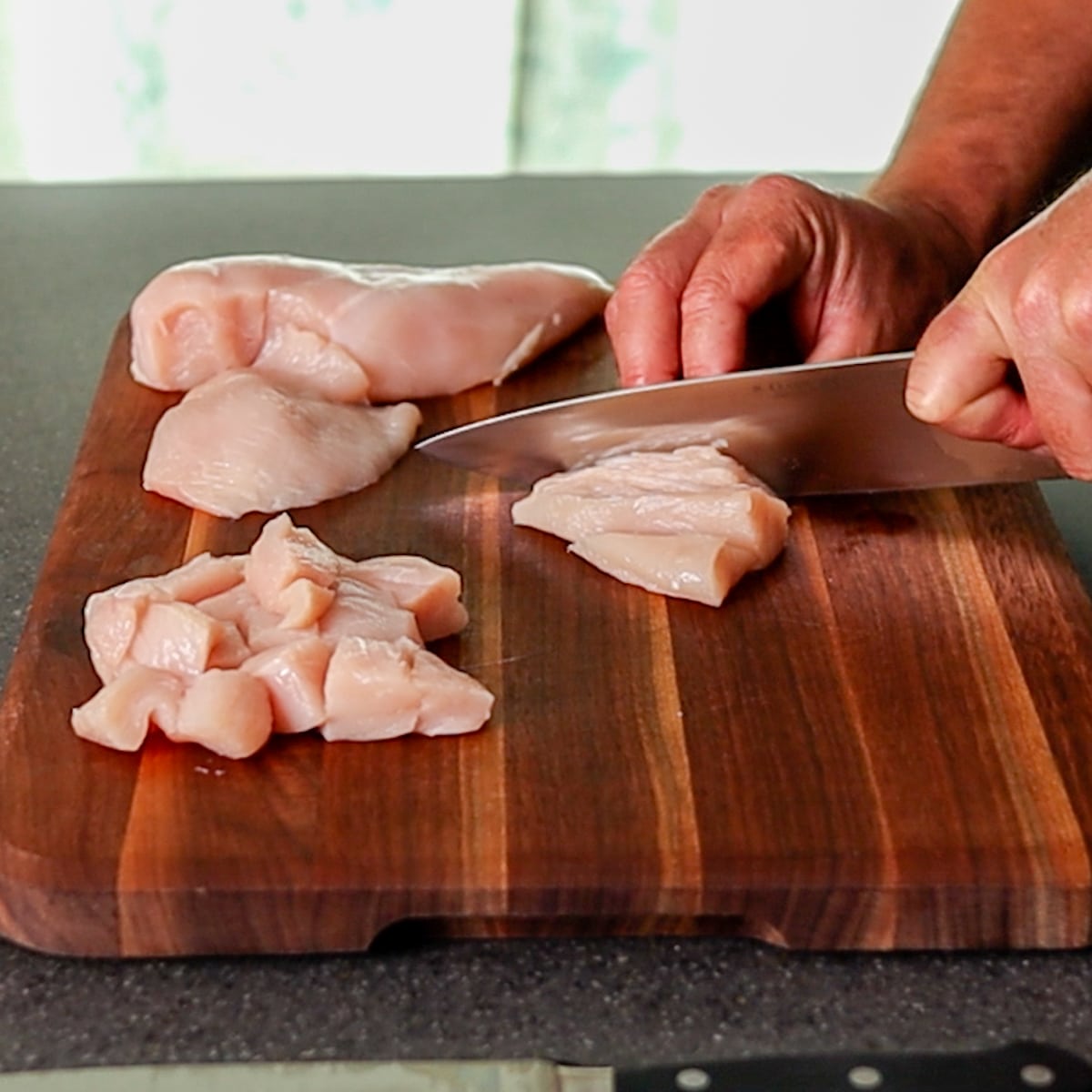
To cut chicken breast against the grain, you can start by identifying the white tendon that runs through the meat. This tendon marks where the grain “shifts” or “fans out.” After cooking, you can simply slice the breast in half at this tendon. By doing so, you can observe the cross-section or a reference photo to determine what the grain looks like. Then, you can attempt to cut along each half’s respective grain.
It’s important to note that while cutting against the grain can enhance tenderness, in most cases, it doesn’t significantly impact the quality of chicken breast. The relatively loose grain structure of chicken breast allows pathogens to penetrate deep into its muscle tissues. Therefore, cooking chicken breast thoroughly is crucial for pathogen lethality. Regardless of how you choose to slice chicken breast, it will still be tender and juicy if not overcooked.
What is Meat “Grain”?
Meat “grain” refers to the direction in which the long strands of muscle fibers in meat are arranged. These muscle fibers are bundled together by connective tissues, and their grain direction determines the way the muscles contract. The concept of grain in meat is similar to the growth pattern of tree grains in the lumber industry. When it comes to chicken breast, the grain direction can be somewhat difficult to visualize due to its light pink/glass-like color. However, upon closer inspection, you can see that there are indeed muscle fibers and a grain direction, albeit not uniform. The grain of chicken breast tends to “fan out” and curve.
Slicing meat against the grain is commonly done with beef steaks to tenderize the meat. This technique helps break up the tough connective tissues and makes the meat more tender and easier to chew. While chicken breast has a relatively loose grain structure compared to beef, slicing against the grain can still result in a more tender texture. However, it’s worth noting that with chicken breast, it doesn’t make a significant difference how you slice it as long as it’s not overcooked. Chicken breast is naturally tender and juicy when cooked properly.
When slicing chicken breast, there are two main approaches you can take. One method is to slice the breast in half at the white tendon (connective tissue) that runs through it after cooking. This allows you to see what the grain looks like and cut along its respective direction for potentially more tender pieces. Another method is simply cutting horizontally or vertically on the two halves without worrying too much about slicing against or with the grain. Regardless of how you choose to slice chicken breast, as long as it’s cooked properly, it will still be tender and flavorful in the mouth.

Identifying the Grain Direction of Chicken Breast
When it comes to slicing chicken breast against the grain, it’s important to first understand how to identify the grain direction. The muscle fibers in meat are bundled together by connective tissues and form a repetitive pattern. This pattern indicates the direction in which the muscles contract, known as the grain direction. While it may be difficult to visualize the grain direction in chicken breast due to its light pink color, upon closer inspection, you can see the muscle fibers and their curved and fanned-out grain.
There are two main approaches to slicing chicken breast against the grain. One method is to slice the breast in half at the white tendon or connective tissue after cooking. By separating the two pieces, you can then cut along their respective grain directions. Another approach is to slice horizontally and vertically on each half of the breast, applying slight pressure outward to see where the muscle fibers naturally break. Regardless of which method you choose, it doesn’t significantly impact the tenderness or juiciness of the meat.
It’s worth noting that chicken breast has a relatively loose grain structure compared to beef, which is why it needs to be cooked thoroughly for pathogen lethality. The pathogens can easily penetrate chicken breast muscle tissues, unlike beef with its close-grained texture. However, even if you were to slice chicken breast with or against the grain, it won’t greatly affect its taste or texture. It ultimately comes down to personal preference and ensuring that you cook chicken breast properly for safety reasons.
How to Cut Chicken Breast
Cutting chicken breast against the grain can help tenderize the meat, just like with beef. However, due to the porous texture and light pink color of raw chicken breast, it can be difficult to visualize the grain direction. But don’t worry too much about cutting against the grain when it comes to chicken breast. As long as you don’t overcook it, the meat will still be tender and juicy regardless of how you slice it.
To understand the concept of cutting against the grain, it’s important to know that meat muscle is made up of muscle fibers bundled together by connective tissues. These fibers have a repetitive pattern and form a direction called “grain.” In chicken breast, this grain isn’t uniform but rather curves and fans out due to its loose grain structure. One way to approach slicing chicken breast is to separate it in half at the white tendon (connective tissue) after cooking. By doing this, you can see what the grain looks like and attempt to cut along its direction.
However, keep in mind that slicing with or against the grain doesn’t make a significant difference in terms of tenderness for chicken breast. This is because pathogens can penetrate chicken muscle tissues easily compared to beef, which has a close-grained texture. The recommended cooking temperature for chicken breast is 165°F for pathogen lethality. Ultimately, how you choose to slice your chicken breast is a matter of personal preference.
The Optimal Way to Slice Chicken Breast: Against the Grain
When it comes to slicing chicken breast, many people are unaware that cutting against the grain can tenderize the meat just like with beef. While beef has a dense texture that makes the grain more pronounced, chicken has a porous texture and its grain direction is not as easily visualized due to its light pink color. However, in my opinion, it doesn’t really matter how you cut chicken breast as long as it’s not overcooked. The meat will still be tender and juicy regardless of how you orient your knife.
To understand how to slice chicken breast effectively, it’s important to know what grain is in meat. Meat muscle is made up of muscle fibers bundled together by connective tissues. These muscle fibers have filaments arranged in a repetitive pattern, forming the grain direction or the direction in which the muscles contract. In chicken breast, the grain direction can be seen by observing the muscle fibers that fan out and curve.
There are two main approaches to slicing chicken breast against the grain. One way is to slice the breast in half at the white tendon after cooking. This allows you to see what the grain looks like and cut along its respective direction. Another method is to apply slight horizontal outward pressure while cutting vertically and horizontally on each half of the breast. Although some pieces may end up being sliced against or horizontally to the grain due to its curved structure, all pieces will still be tender when cooked properly.
The Realistic Method for Slicing Chicken Breast
When it comes to slicing chicken breast, there is no need to stress about cutting against the grain. Unlike beef, which has a dense texture and clearly visible grain, chicken breast has a porous texture and a less distinct grain pattern. This means that regardless of how you slice the chicken breast, it will still be tender and juicy as long as it is not overcooked.
To understand the concept of grain in meat, it is important to know that muscle fibers are bundled together by connective tissues. These muscle fibers form a repetitive pattern with other myofibrils, creating the grain direction. In chicken breast, this grain direction can be seen as muscle fibers that “fan out” and curve rather than following a straight line.
One practical way to slice chicken breast is to identify the white tendon that runs through it. This tendon marks where the grain “shifts” or “fans out.” After cooking the chicken breast, you can simply slice it in half at this tendon and examine the cross section or reference photo to determine the grain direction. From there, you can attempt to cut along the respective grains of each piece.
In conclusion, cutting chicken against the grain is a simple yet effective technique that enhances tenderness and taste. By slicing perpendicular to the muscle fibers, you can ensure juicier and more flavorful chicken dishes. Incorporating this method into your cooking routine will elevate your culinary skills and impress your guests with every bite.
N/A
Learn More About Grilling
If you want to learn more about grilling, check out these other helpful resources!

